March 13, 2020 – my school had just gone on Spring Break. COVID-19 had made its way into the United States and things were slowly getting worse (nothing like what we would see months later). There was a case of a man in the Westchester area of New York who had contracted the virus and had unknowingly passed it around his community that put my school on alarm since we have students traveling from that area, but we had made it to spring break without closing or any cases. We were none the wiser, that March 13th would be our last day on campus with students for the 2019-2020 academic school year.
My professional development in Madrid, Spain and trip to Prague, Czechia to meet up with friends in March fell through, and rightfully so because had I gone a few days earlier I would have had to turn back around or buckle down in Europe as countries began to swiftly close.
With nowhere to go, nothing to do, and no one to see (I was on spring break but didn’t want to go home and expose myself or my family to the virus) – I turned to cooking. I had learned to properly cook around the time I was in college, not too happy with my choices of food in our college’s cafeteria. Missing Puerto Rican food in Vermont drove me to perfect making rice and beans and later living in Madrid and later alone here in the United States forced me continue cooking which I gladly accepted. Except, I was caught up making the same recipes over and over. The typical arroz con habichuelas y pollo frito, espaguetis con carne molida, carne guisado con arroz blanco, were all recipes I knew how to make. I learned to incorporate some new ones like beef stir fry with rice, and others I’m probably missing, but I wanted to learn to make some more Puerto Rican dishes. So what better time than the present pandemic?
I dedicated my two weeks off for spring break to cleaning my apartment and learning/trying a few new recipes, mostly ones I had learned from my grandmother.
Learning generational knowledge
So you might be thinking… what is a cooking post doing in a genealogical blog? One of the important things, at least for me, is not just learning the stories of my ancestors but also learning how they cooked, how they spoke, what they believed in, and what ultimately was passed down to me. So though this isn’t a cooking blog, I wanted to highlight (and self-celebrate) some of the traditional things I learned from my mom, my grandmother, and ultimately from generations prior. Definitely make sure to write down the ingredients, the way to cook them, and who you learned the recipe from.
All about that dough!
While my Facebook and Instagram was populated with images of sour dough and banana bread, I decided to go another route – still dough based, but with some more Puerto Rican flavor! I wanted to try some recipes such as arepas and empanadas. I even added some baozi (包子) to the mix – one of my favorite Chinese foods that I knew I had to try! This was my first time making dough alone and so I tried the baozi dough recipe and the one my grandmother taught me to make arepas. The baozi (Chinese pork buns) I filled with pork and more traditional Chinese ingredients while I complimented the arepas with bacalao guisado (guisao in the Puerto Rican dialectal version of Spanish). By the time I made the empanadas I was dough-ed out so I decided to buy the Goya discs and see how that faired compared to handmade dough. A few small hiccups along the way at first with the dough, but nothing that couldn’t stop me from getting to my end goal – here are some photos!
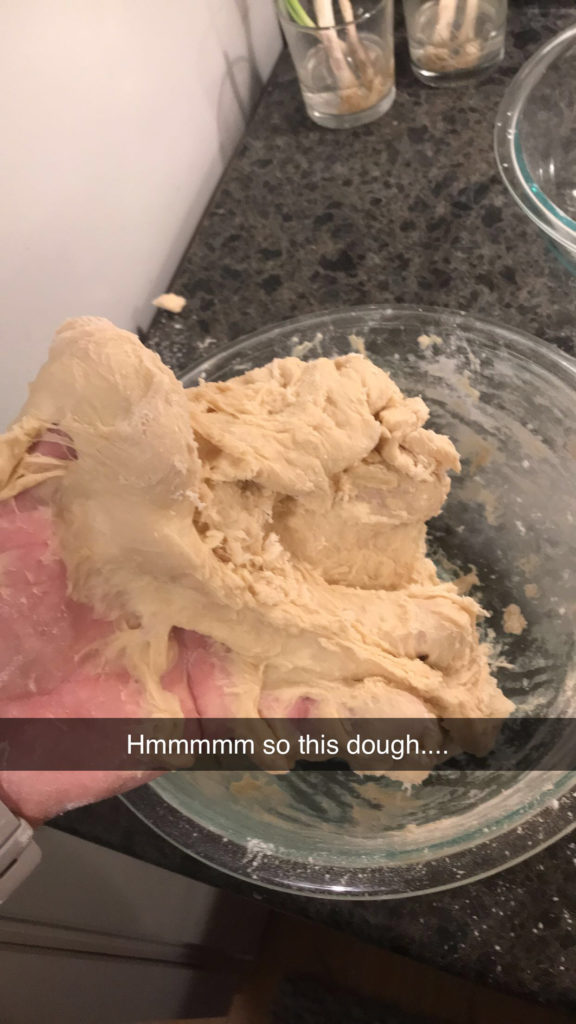
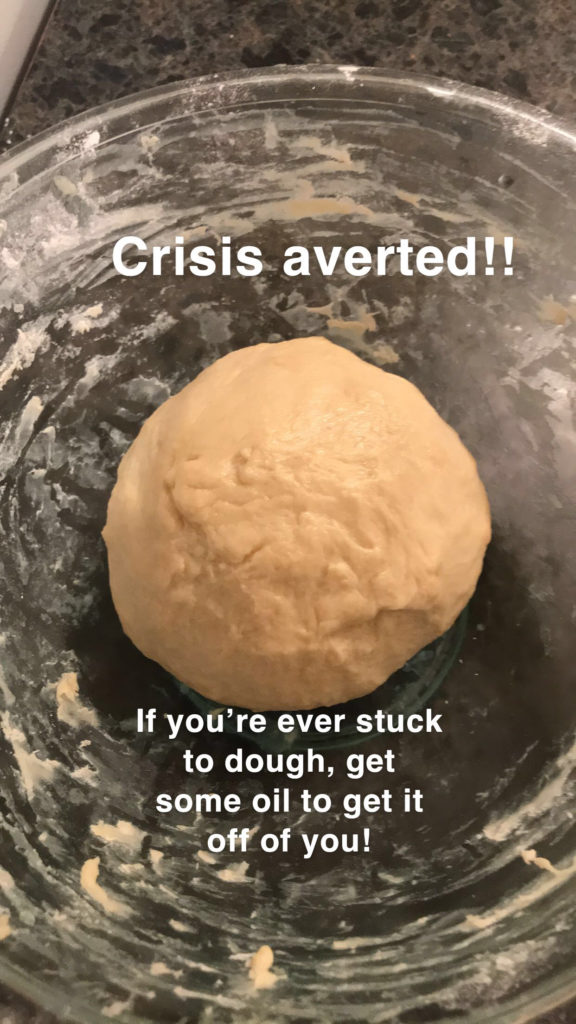
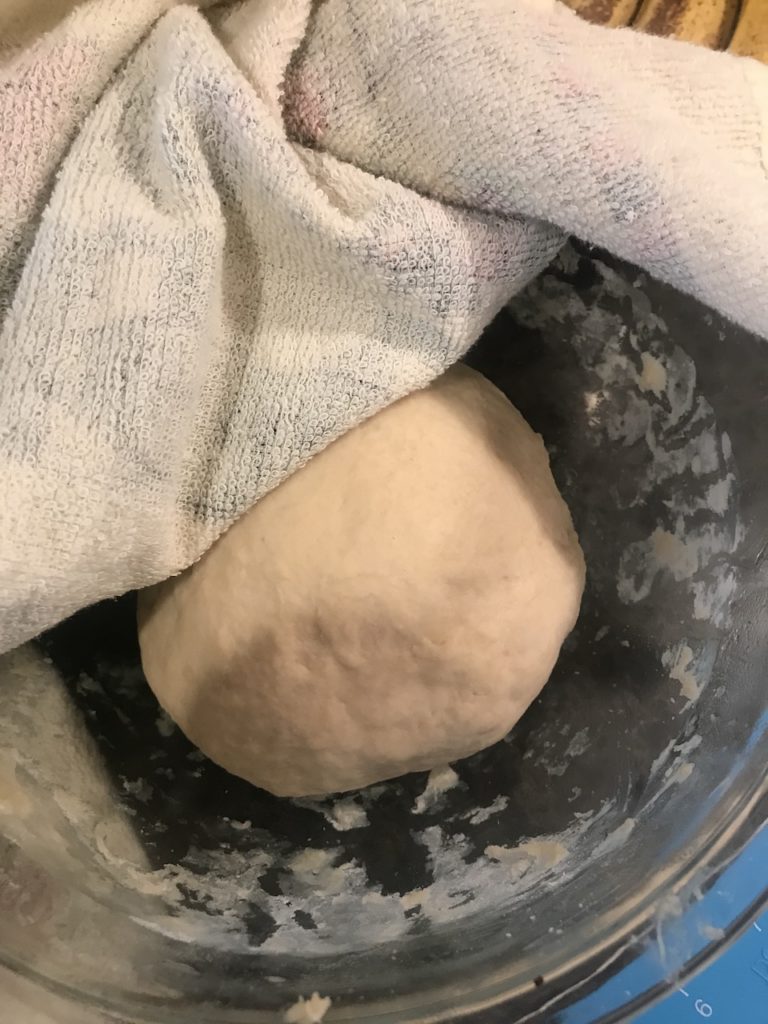
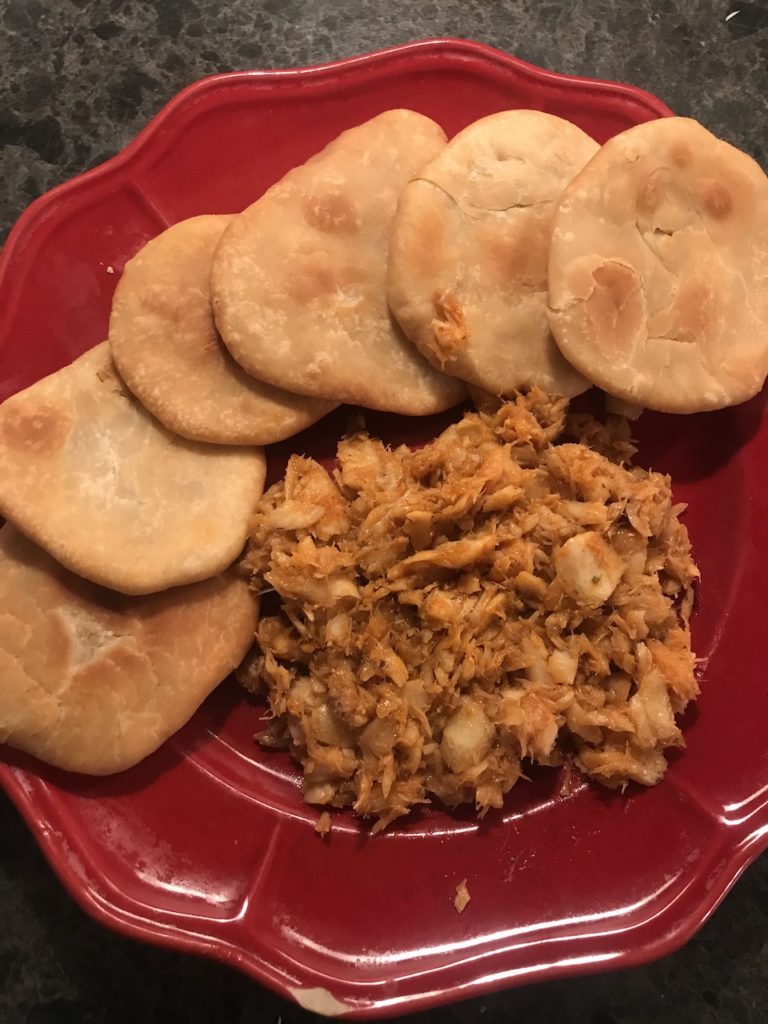
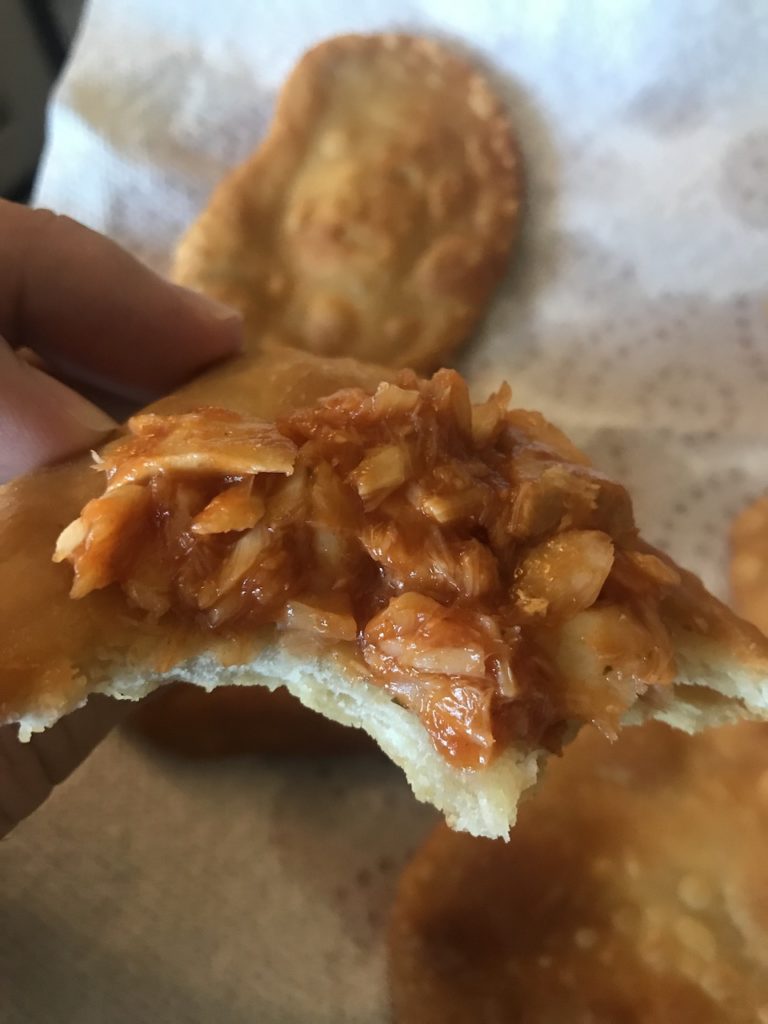
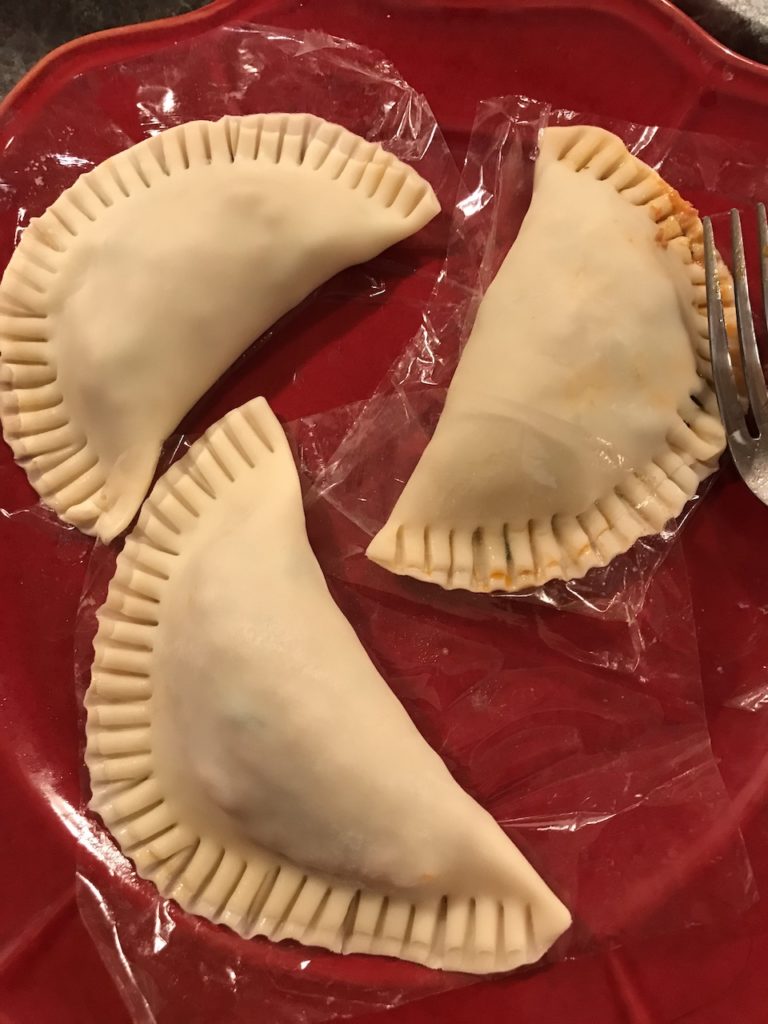
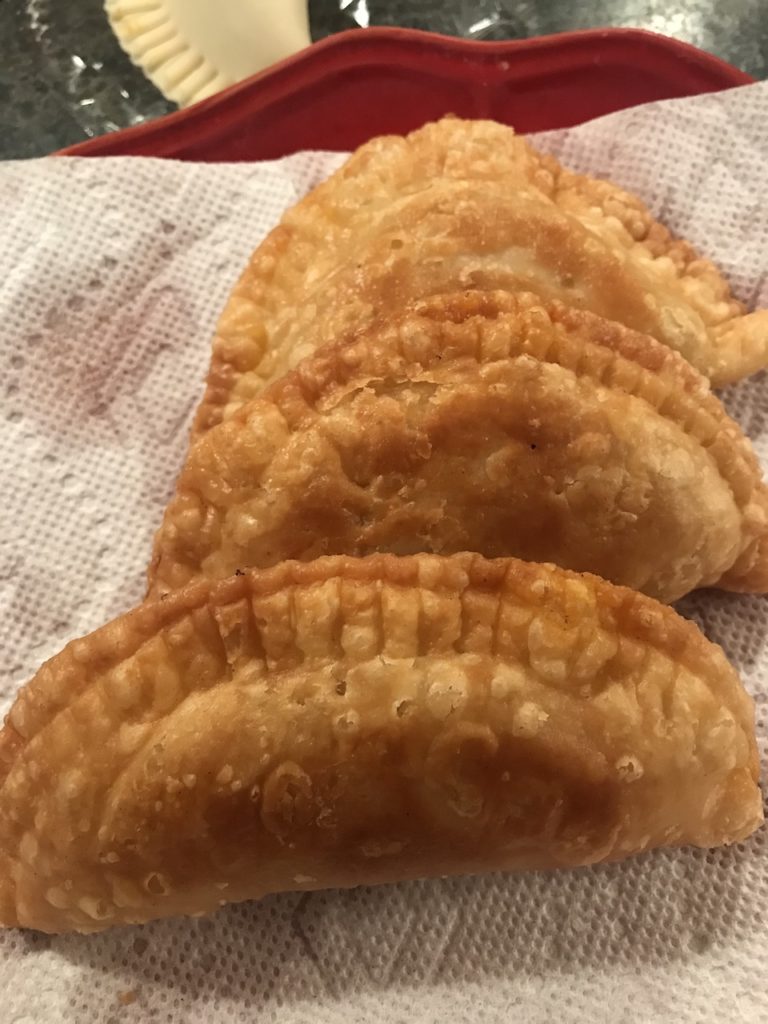
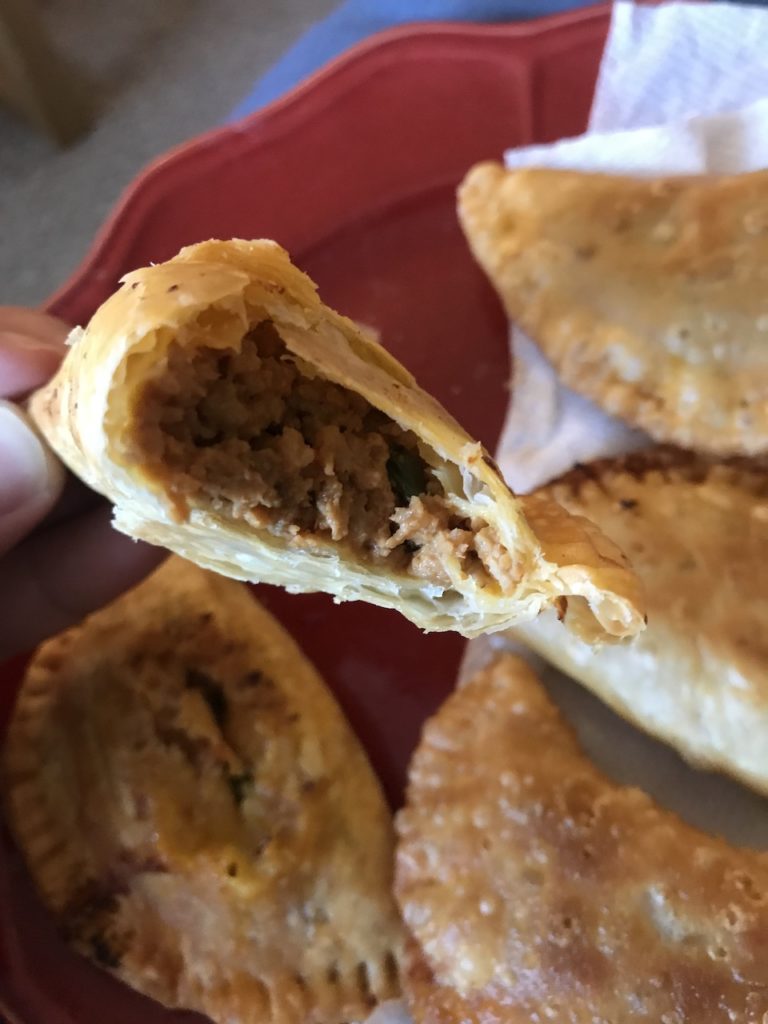
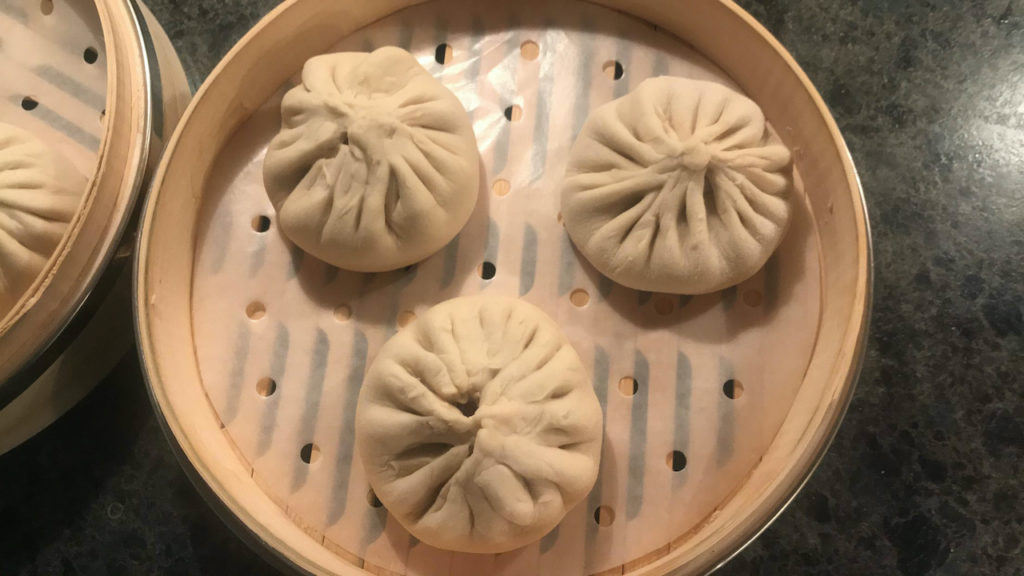
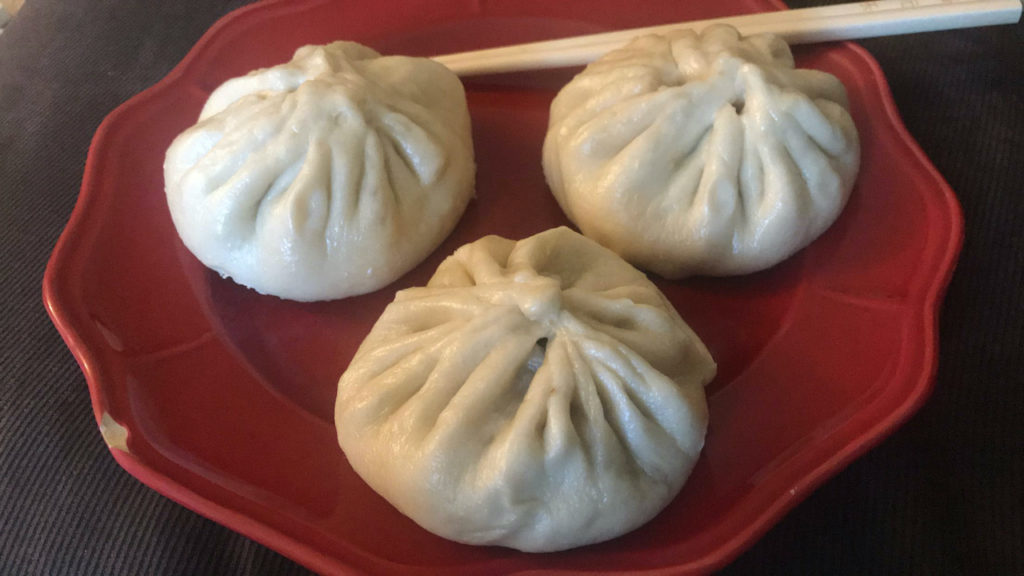
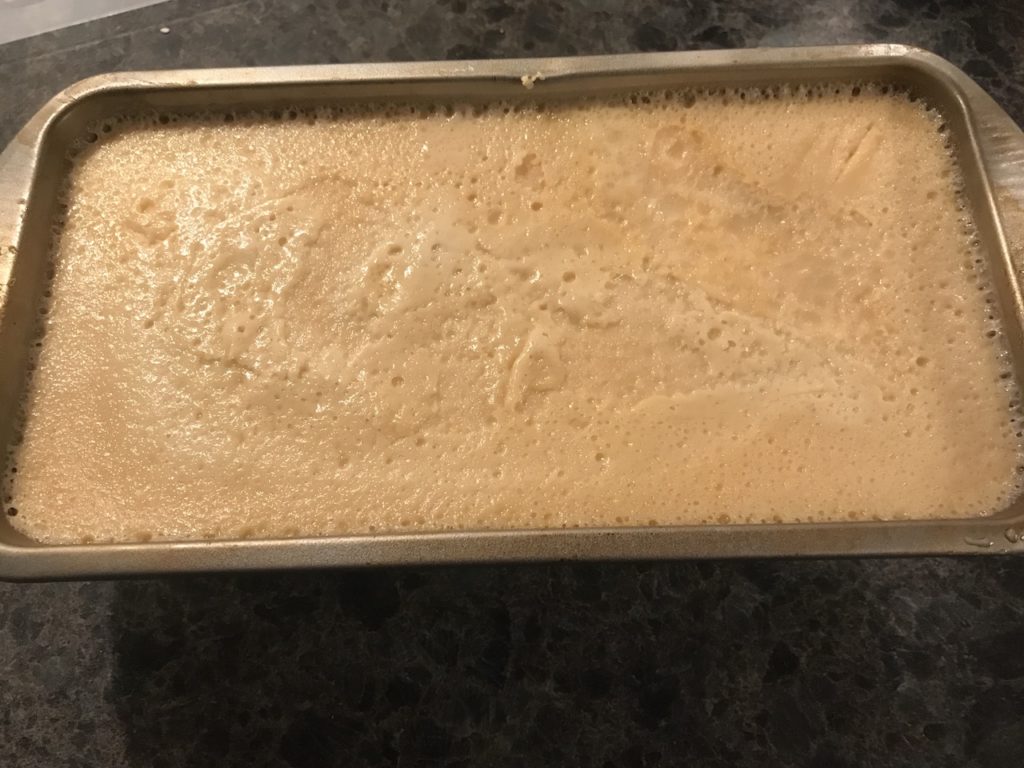
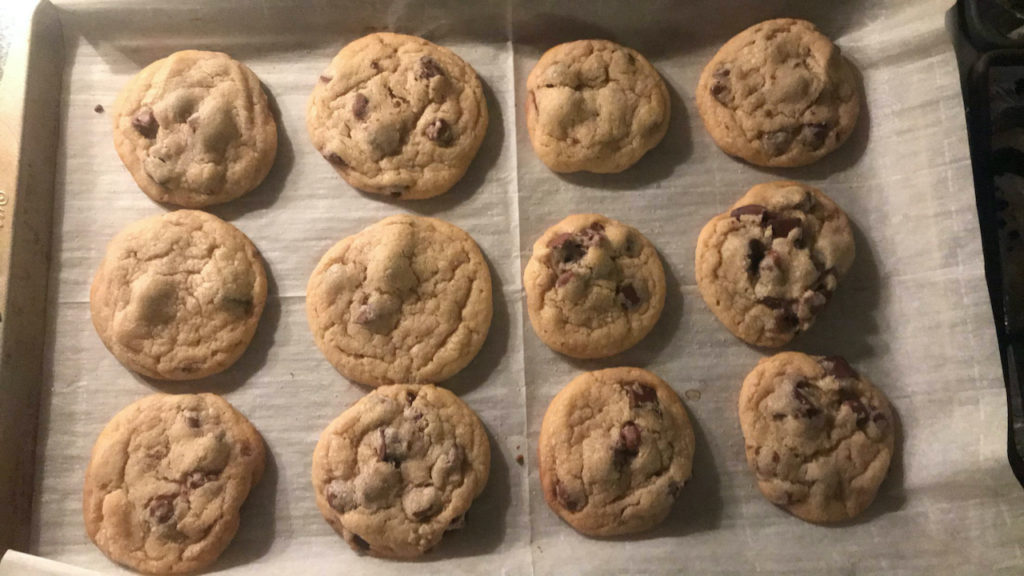
looking forward
A lot of these recipes were handed down to me personally which is why I haven’t how to make them, though a quick Google search will show you many variations on how to make them – all you need are the ingredients, of course! I enjoyed doing this because it was the first time I made a lot of these recipes alone, I had seen my grandmother or mother make them before, but I had never made them on my own and so I was able to go through the trials and errors of what I specifically wanted and how to try and imitate the taste of how I have always remembered them. Of course, there are still a ton of recipes I would love to try – like making my own sofrito (hard to find all the ingredients where I live) or even perfecting things like arroz guisado (I have made it a few times before but it’s not quite where I want it just yet). There is however one book that I purchased while on a trip to Puerto Rico a few years back that my grandmother said her mother used for various recipes. I bought a copy in Spanish but I imagine you can find a translated version. The book was originally published in 1954 and the copy I have is a reprint from 2016. My grandmother says one of her sisters inherited her mother’s (my great-grandmother’s) book with all the notes inside she took of recipes she had modified (I have to ask my aunt to see if she still has the copy!). The book is titled Cocina Criolla and was written by Carmen Aboy Valldejuli. The book is divided into various categories such as birds, meats, fish, salads, pastas, drinks, etc. with the ingredients and how to make them. My goal is to use this book more often to learn how to make more Puerto Rican dishes. The book cost me $22, which I found fairly reasonable.
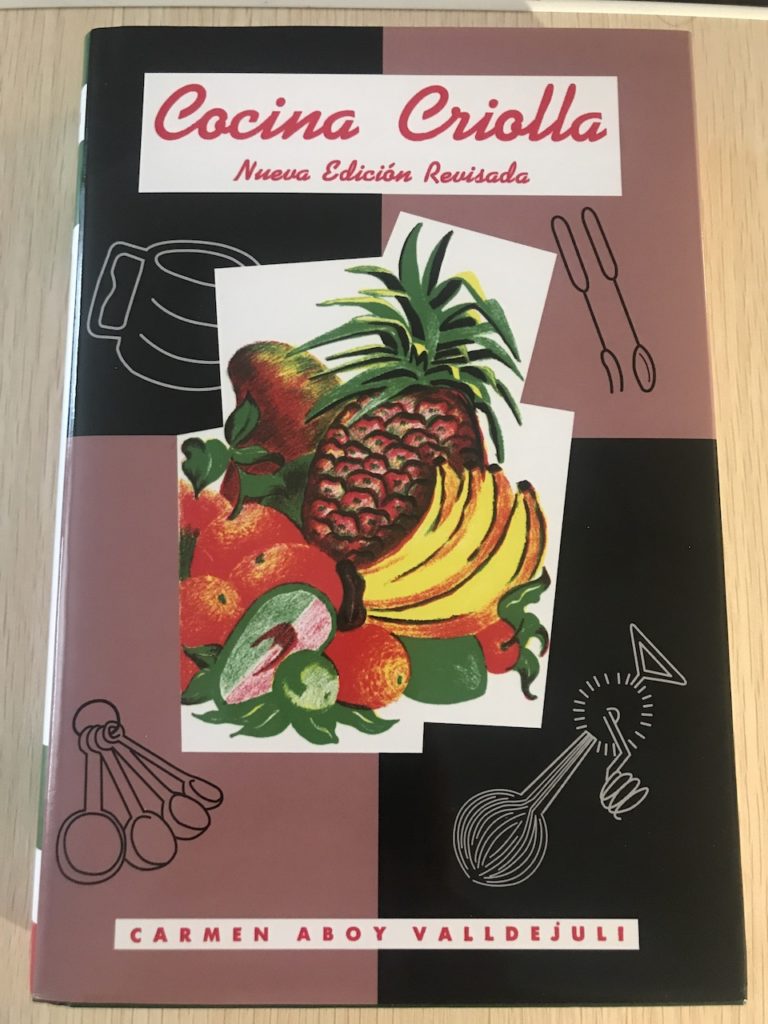
There are some recipes though that I want to learn from specific family members such as how to make pasteles or alcapurrias from my grandmother’s aunt who is known in the family as being one of the best to make it. I am excited to learn more recipes that I will be able to add to my bank of Puerto Rican knowledge!

This is great. And yes, I too spent so much of my early quarantine experimenting and testing recipes in the kitchen. I have never thought of food when I thought of genealogy but you make some great points. Excited to get together with my mom, learn some traditional recipes and start a book to pass on.
Me disfrute tu experiencia, tanto como los platillos visualmente! Si, la cocina es parte fundamental de la genealogía. Felicidades.